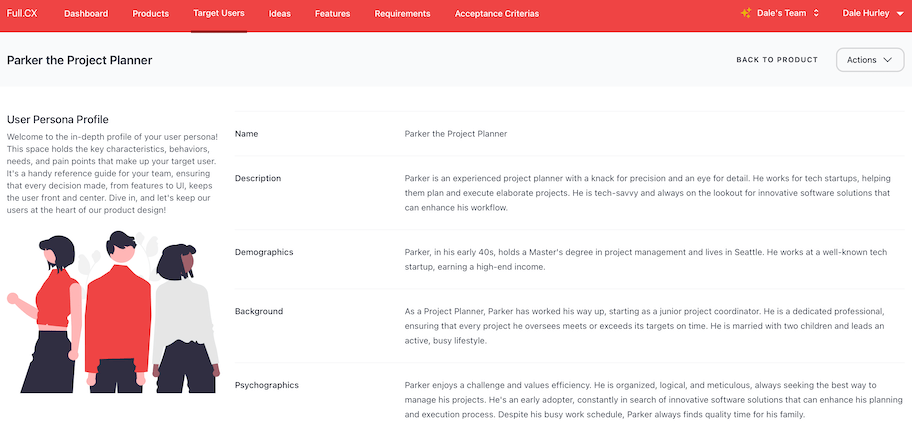In the rapidly evolving tech landscape, mastering feature management is crucial for software teams aiming to maintain pace with competition while ensuring stability and user satisfaction. Feature management, the practice of controlling the rollout and visibility of new features within applications, not only enhances software delivery cycles but also minimizes risks associated with deploying new functionalities.
Understanding the Basics of Feature Management
Feature management starts with the integration of feature flags into the codebase. These flags act as toggles enabling developers to turn features on or off without deploying new code. This control mechanism makes it possible to manage which features are exposed to users, and when. For instance, you might release a feature in a 'beta' state to a select group of users to gather feedback before a full rollout.
Why Feature Management is Essential
- Incremental Rollouts: Launch features gradually to monitor user interactions and system performance, adjusting based on real-time feedback.
- Risk Reduction: Quickly deactivate features that exhibit unexpected behavior or degrade user experience.
- User Customization: Provide user-specific feature variations to create a customized user experience, which can be crucial for meeting diverse needs within your user base.
- A/B Testing: Easily conduct A/B testing by toggling features for different user segments, delivering invaluable insights into user preferences and behavior.
Best Practices in Feature Management
- Plan and Document: Clearly define the purpose and lifecycle of each feature flag, creating a robust plan that includes criteria for success and failure.
- Automate: Utilize automated tools to manage flags effectively; manual processes can become unwieldy and prone to error, especially as the number of feature flags grows.
- Monitor and Analyze: Establish monitoring on the performance and usage of features controlled by flags. Analyzing this data will help you make informed decisions about the feature's future.
- Clean Up: Regularly retire feature flags that are no longer needed to keep your codebase clean and manageable.
By leveraging feature management effectively, organizations can ensure a more dynamic and responsive development environment. It facilitates a culture of experimentation and learning, allowing development teams to innovate more confidently and at a faster pace.
In conclusion, mastering feature management maximizes your software’s potential, allowing for flexibility in deployment and operations that can significantly boost overall efficiency and user satisfaction. As you integrate more sophisticated feature management practices into your development processes, you will likely see a notable improvement in both product quality and team morale.
Empowering Your Product
Team for Success.
Start using Full.CX today.
Smart tools to streamline your transition from concept to concrete specifications.
